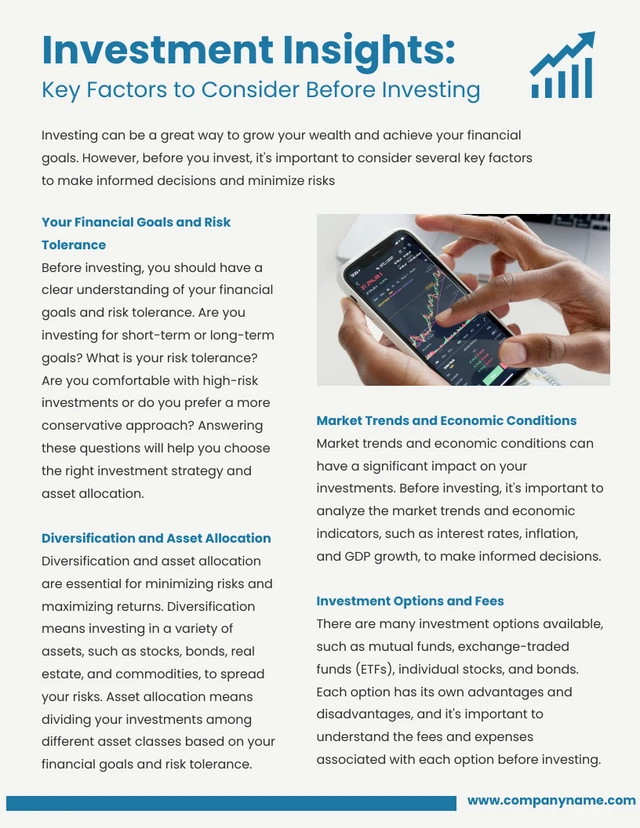
Exchange-traded funds (ETFs) have carved a significant niche in the financial markets, transforming the way investors approach portfolio management. With their unique structure and the integration of cutting-edge technology, ETFs have evolved into a versatile and dynamic investment vehicle. This comprehensive analysis delves into the latest developments in the ETF market, examining innovative investment solutions and the role of technology in shaping future trends.

The Rise of ETFs: A Historical Perspective
The inception of ETFs dates back to 1990 when the first product was launched in Canada. However, it wasn't until the introduction of the SPDR S&P 500 ETF Trust (SPY) in 1993 that the concept gained significant traction in the United States. Since then, the growth of ETFs has been exponential, with assets under management (AUM) surging to over $10 trillion globally by 2025, as reported by CNBC.
The appeal of ETFs lies in their ability to offer diversified exposure to various asset classes, including equities, bonds, commodities, and even cryptocurrencies. This diversification, combined with cost efficiency and liquidity, has attracted a broad spectrum of investors, from retail to institutional.
Technological Advancements Driving Innovation
Recent advancements in technology have been pivotal in the evolution of ETFs. The integration of blockchain technology, for instance, has enhanced transparency and security, enabling real-time tracking of asset holdings and transactions. According to SosoValue, blockchain's application in ETFs is still in its nascent stages, but its potential to revolutionize the industry is undeniable.
Furthermore, artificial intelligence (AI) and machine learning (ML) are being increasingly utilized to optimize ETF portfolio management. These technologies allow for more sophisticated data analysis, facilitating smarter investment decisions and risk management strategies. Evolve ETFs, known for providing innovative solutions, emphasizes the importance of leveraging AI to enhance performance and efficiency.
Market Structure and Regulatory Landscape
The structural framework of ETFs has also undergone significant changes. In recent years, the introduction of non-transparent ETFs has been a notable development. Unlike traditional ETFs, these do not disclose their holdings daily, offering active managers the flexibility to execute strategies without revealing their trade secrets. This innovation has been well-received, with several major asset managers launching non-transparent ETF products.
Regulatory bodies worldwide are adapting to these changes. The U.S. Securities and Exchange Commission (SEC) has been instrumental in facilitating the growth of the ETF market by implementing rules that streamline the approval process for new products. However, the rapid pace of innovation poses challenges, particularly in areas such as investor protection and market stability.
ETF Market Dynamics and Trends
The ETF market is characterized by its dynamic nature, with new trends emerging regularly. One of the most significant trends is the rise of thematic ETFs, which focus on specific sectors or investment themes, such as clean energy, technology, and healthcare. These products cater to investors seeking targeted exposure to high-growth sectors.
Another trend gaining momentum is the proliferation of ESG (Environmental, Social, and Governance) ETFs. As investors increasingly prioritize sustainable investing, ESG-focused ETFs have seen substantial inflows. According to data from Morningstar, ESG ETFs have consistently outperformed their traditional counterparts, reflecting the growing demand for responsible investment options.

Expert Insights and Future Outlook
Industry experts anticipate continued growth and innovation in the ETF space. John Smith, a senior analyst at Vanguard, notes that "the versatility of ETFs will drive their adoption across different investor demographics, particularly as technology continues to enhance accessibility and efficiency."
Moreover, the rise of digital platforms and robo-advisors has democratized access to ETFs, making them more accessible to retail investors. These platforms offer personalized investment solutions, often incorporating ETFs as core components of their portfolios.
Looking ahead, the ETF market is poised for further evolution. The integration of technology will likely lead to the development of more innovative products, while regulatory adaptations will ensure a balance between innovation and investor protection. As ETFs continue to adapt to the changing financial landscape, they will undoubtedly remain a cornerstone of modern investment strategies.
Conclusion
The evolution of ETFs is a testament to the transformative power of innovation in the financial markets. As these investment vehicles continue to evolve, driven by technology and changing investor preferences, they offer a glimpse into the future of investment management. With their combination of diversification, efficiency, and adaptability, ETFs are well-positioned to meet the demands of a rapidly evolving market landscape, providing investors with a robust tool for navigating the complexities of global finance.